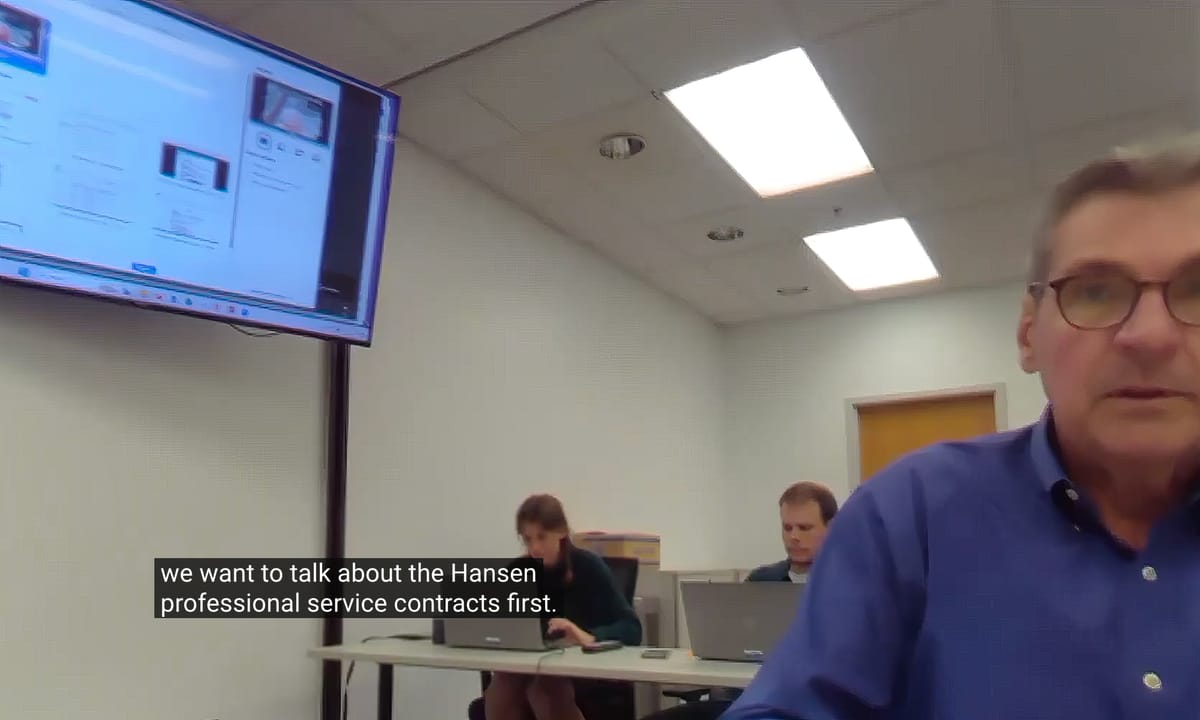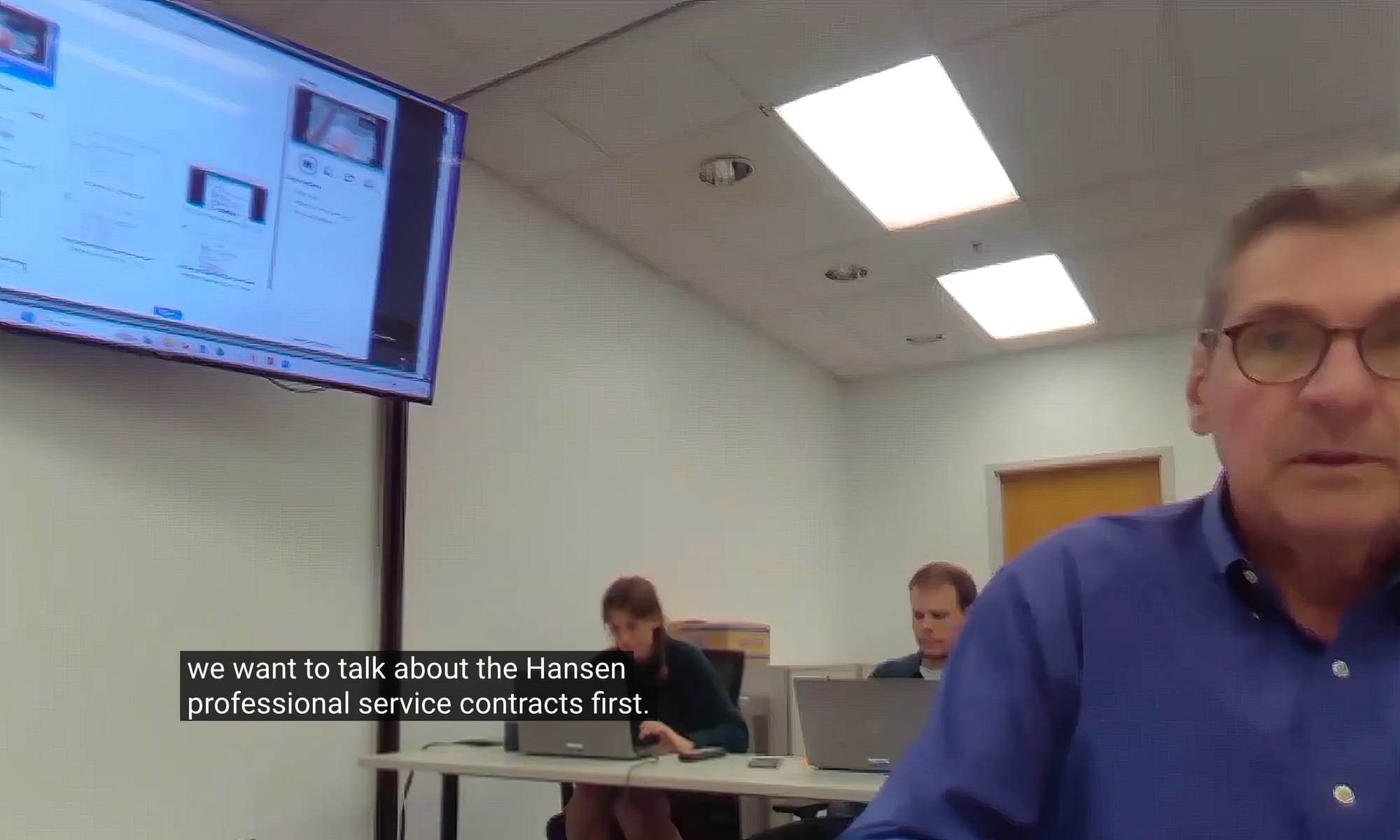PCB detection in 1 of 10 tests prompts more borings at possible location of new Bloomington Transit facility
Recent testing of the real estate that Bloomington Transit is eyeing for the location of its new operations center resulted in clean results for 9 of 10 borings, but a positive test for PCBs in the 10th boring. BT will now be doing 10 more borings to assess the extent of the contamination.


Recent testing of the real estate that Bloomington Transit is eyeing for the location of its new operations center resulted in clean results for 9 of 10 borings.
But the 10th boring tested positive for PCBs, which are toxic industrial chemicals (polychlorinated biphenyls) once widely used in electrical equipment, coolants, and other applications. PCBs have been banned in the U.S. since 1979 because they persist in the environment and pose risks to human health and wildlife.
That was the update to BT’s board given by general manager John Connell at its regular Tuesday (Aug. 19) meeting.
Connell told the board that BT’s real estate consultant, Hanson Professional Services, which is handling the search for a location, wants to do 10 more borings to determine how much contamination is on the property. The 10 additional tests will focus in the area around the one boring that already gave a sample positive for PCBs. Additional borings will be done on the outline of the property.
If the next 10 borings all come back clean, that would be ideal, Connell told the board. If they’re positive but concentrated in a certain area, then BT would at least know what kind of potential remediation and cleanup would be required, he said.
To pay for the additional borings, the board voted to approve Connell’s request for an additional $55,000 to be added to Hanson’s contract. The contract amendment approved on Tuesday brings the total amount of the agreement with Hanson to $384,000. According to Connell, BT has so far paid Hanson $120,350 for its work to find a location for a new operations center for Bloomington’s public transit agency.
BT board member Doug Horn said, “I’m pleased that there was only one hot spot in this rather massive piece of acreage, given the area history.”
Connell said he expects the final report on the borings within six weeks.
The location of the real estate that BT is now seriously considering has not yet been publicly disclosed. The fact that one of 10 borings tested positive for PCBs does not help narrow the possibilities all that much, given Monroe County’s history as a known location for PCB contamination. For decades, Westinghouse Electric manufactured capacitors in Bloomington using PCBs, and tons of PCB-laced waste ended up in local landfills, quarries, and even the city’s sewer system.
BT is paying the owner $3,334 per month for up to six months for a right of first refusal for the property—which works out to $20,000. That six-month period expires in December.
The new facility for bus storage, maintenance, and administration would replace the one currently co-located on Grimes Lane with Indiana University’s campus bus facility. The Grimes Lane land is owned by the university, but the building is owned by Bloomington Transit. Not affected or involved in the new operations facility is BT’s downtown bus station, at 3rd and Walnut streets.
At one point it was hoped that ground could be broken on the new facility some time in the second quarter of 2026, but the timeline appears to have slipped.
Expansion of the current operations center footprint to the surrounding real estate is not feasible, because most of the current facility sits in a floodplain, and some of it is in the floodway.
While the exact location of the new facility is not known, it’s still expected to be close to the city of Bloomington, even if it’s not inside city limits. BT directed Hanson to include in its search for a new location any property within Monroe County’s urbanized area.
The reason for building a new operations complex is that BT’s current bus facility at Grimes Lane is not big enough to accommodate the expanded fleet that BT will need, in order to operate expanded service, including a planned new east-west express route.
As of last year, the total estimated cost for BT’s new facility was $54.4 million, which included $10 million for land acquisition, and $600,000 for architectural and engineering work. BT was hoping to get $35 million from the FTA (Federal Transit Authority), through Section 5339(b) of Title 49 of the United States Code. But that application did not come through.
To help pay for the project, BT is now looking at about $13.6 million of Section 5307 funding that it has been awarded but is still uncommitted. In February, Connell told the BT board that his “greatest concern at this point is that uncommitted funding could evaporate.”
BT will be facing the possibility of no extension of the agreement under which it receives almost $4 million annually from the city of Bloomington through the economic development local income tax (ED LIT). That’s because legislation passed this year (SEA 1) eliminates the concept of ED LIT, and it’s not clear that the city of Bloomington would be able to make ends meet if it were to contribute $4 million of its future LIT to Bloomington Transit.
There’s one future scenario where BT could directly receive $2.2 million of LIT revenue, from a LIT rate imposed on all Monroe County residents. That would come with the expectation of transit service by those residents.




Comments ()